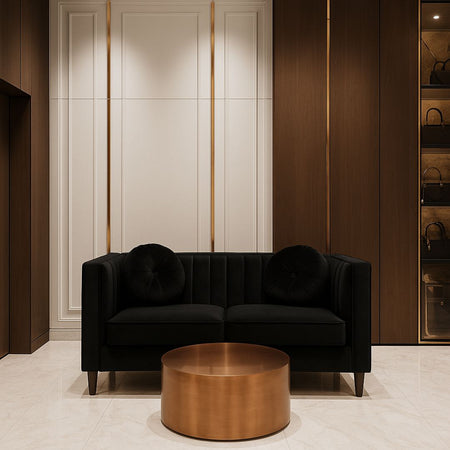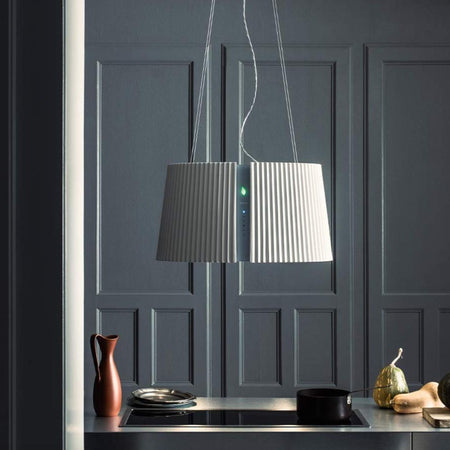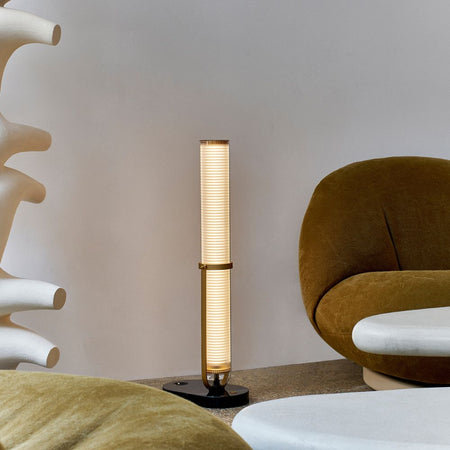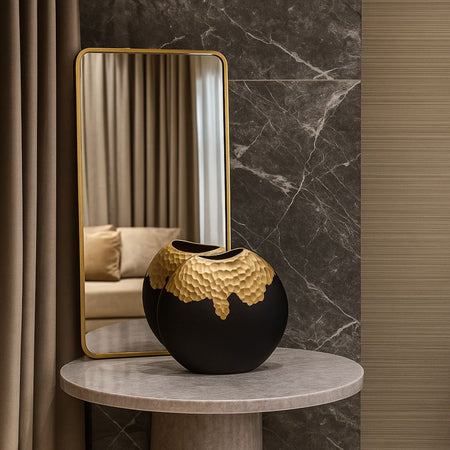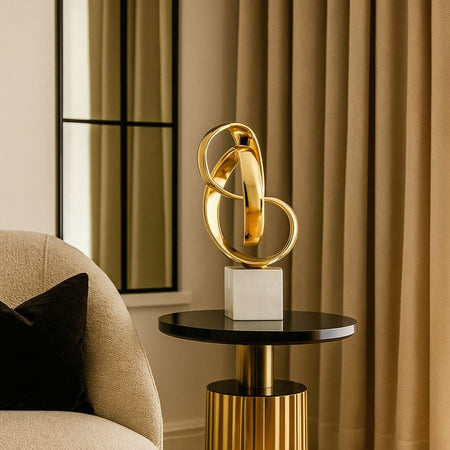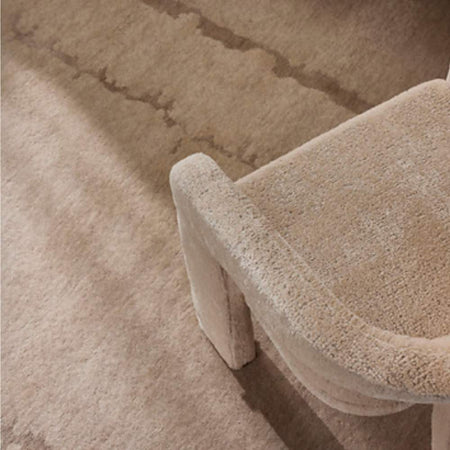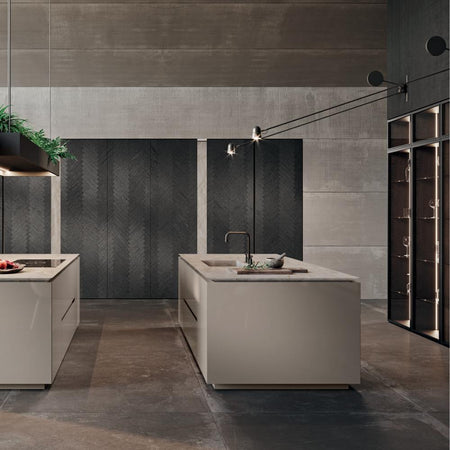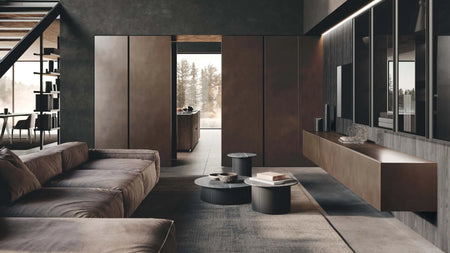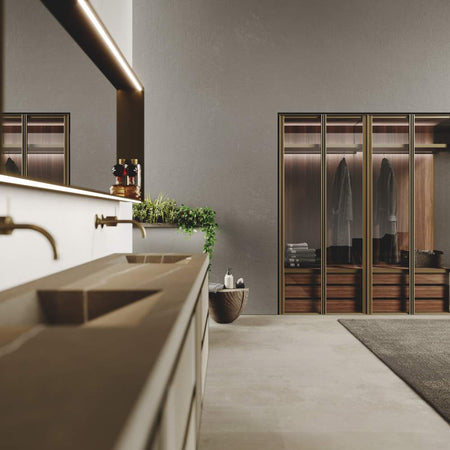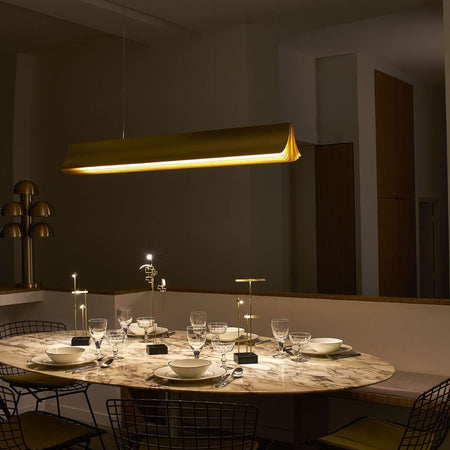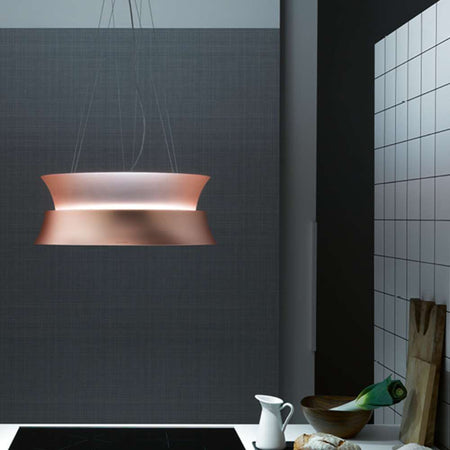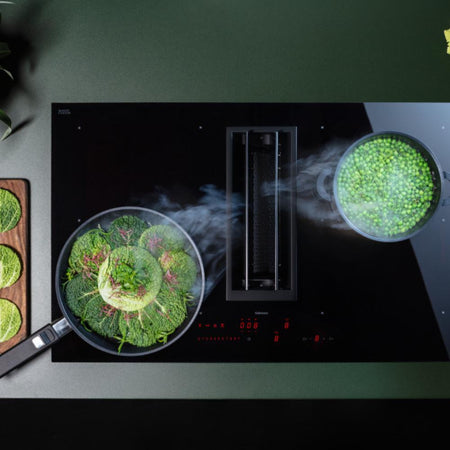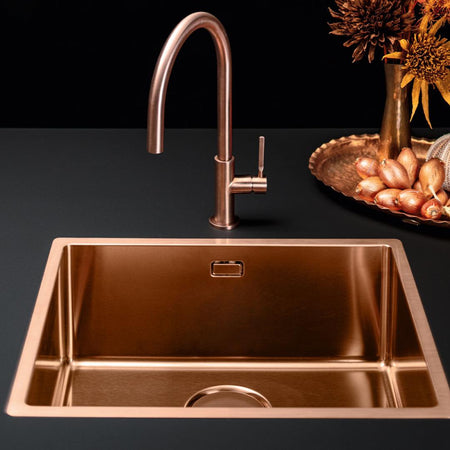Embracing nature within. The transformative power of Biophilic interior design!
It's 2024, and the biophilic interior design trend has firmly established itself as more than a fleeting whim; it's a lifestyle revolution!
In a world increasingly defined by the synergy of technology and nature, this transformative design philosophy has transcended mere aesthetics, becoming a beacon guiding us toward a harmonious coexistence between the artificial and the organic.
#2 Shapes and patterns
Inspired by lines and forms found in nature, biophilic design introduces arches, vaults, and other elements reminiscent of rock shelves and stream pathways. Natural patterns and processes, mirroring the beauty of the natural world, are seamlessly integrated, evoking a sense of connection to the environment.
#3 Natural light and plants
Prioritising natural light, biophilic design utilises diverse forms to integrate it into interior spaces, blurring the lines between indoors and outdoors. The inclusion of plants, whether real or through images and hues, aims to establish a meaningful bond between the interior and nature.
#4 The human-nature relationship
Biophilic design focuses on re-creating the human-nature relationship, emphasising themes such as order, safety, intricacy, curiosity, mastery, control, affection, exploration, discovery, and amazement. This holistic approach seamlessly fuses the modern with the timeless.
What are the benefits of biophilic interior design ?
- Improved mood, emotional regulation, and motivation. Incorporating natural components lowers cortisol levels, reducing anxiety, and overall mental disturbance.Natural light, a central component, promotes productivity and Vitamin D absorption, combating seasonal affective disorder. If you're living in the UK or somewhere with limited sunlight, you get what we're saying, right?
- Increased overall well-being. Exposure to biophilic features decreases blood pressure and improves air quality, contributing to long-term physiological benefits.
- Reduced indoor pollutants. NASA-funded research reveals that plants lower indoor pollutants and elevate humidity levels, promoting overall health.


